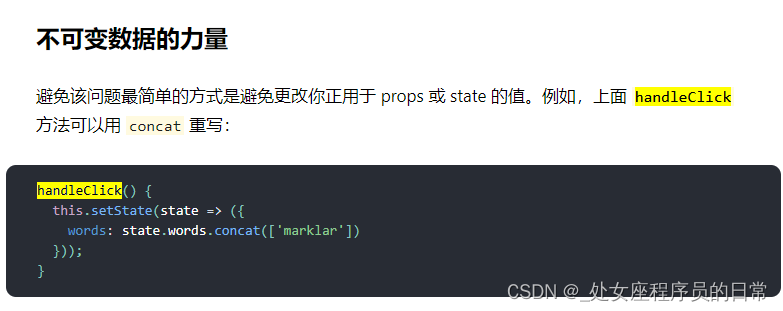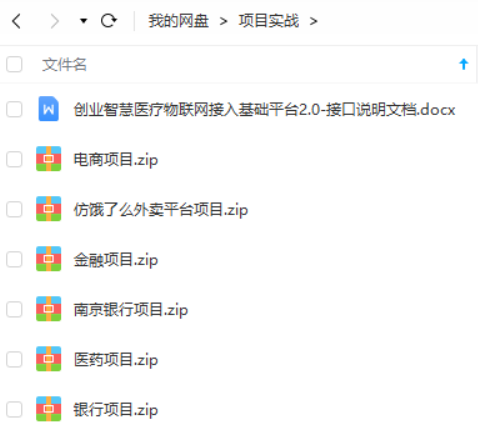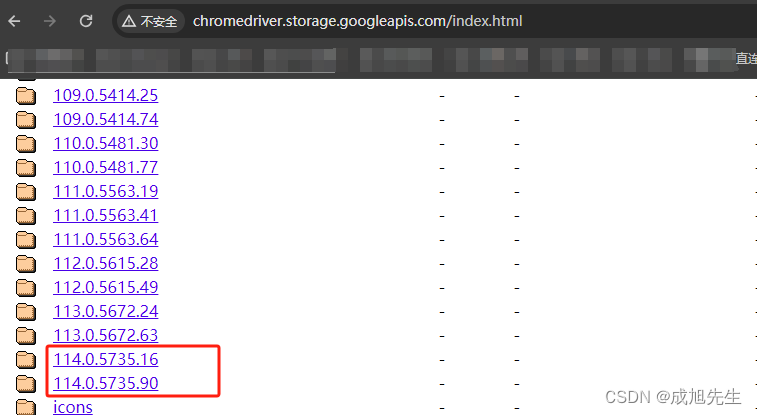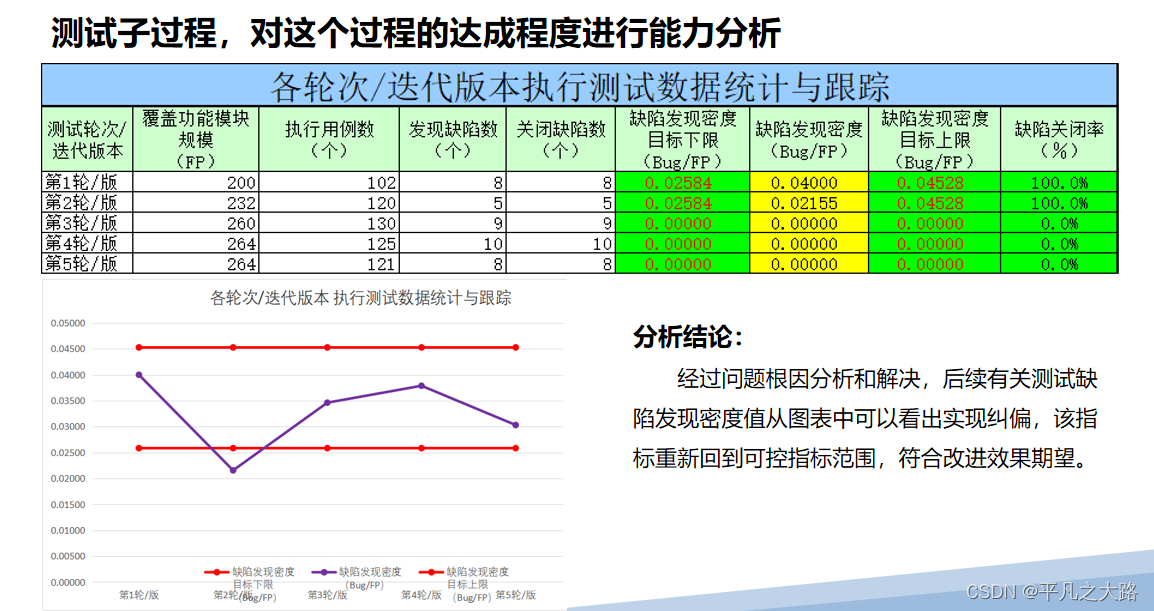先看官网


一、不可变数据的概念
不可变数据意味着数据一旦创建,就不能被更改。在React中,每次对数据的修改都会返回一个新的数据副本,而不会改变原始数据。这种方式确保了数据的稳定性和一致性。
二、Props中的不可变数据
在React中,组件的Props应该始终保持不可变。这意味着在父组件向子组件传递Props时,不应该直接修改传递的数据。
class ParentComponent extends React.Component {
constructor(props) {
super(props);
this.state = {
message: 'Hello',
};
}
render() {
return <ChildComponent message={this.state.message} />;
}
}
class ChildComponent extends React.Component {
render() {
return <div>{this.props.message}</div>;
}
}
在上述代码中,父组件向子组件传递了message属性。由于Props是不可变的,子组件不能直接修改message属性的值。
三、State中的不可变数据
在React中,组件的State也应该保持不可变。每次更新State时,都应该返回一个新的State对象,而不是直接修改原始State。
class MyComponent extends React.Component {
constructor(props) {
super(props);
this.state = {
count: 0,
};
}
incrementCount() {
//this.setState({ count: this.state.count + 1 }); // 不推荐的方式
let count = this.state.count
this.setState({ count: count + 1 }); //推荐
}
render() {
return (
<div>
<p>Count: {this.state.count}</p>
<button onClick={() => this.incrementCount()}>Increment</button>
</div>
);
}
}
上述代码中,虽然可以直接修改this.state.count,但这样的做法不是推荐的。应该使用setState来返回一个新的State对象。
四、不可变数据的优势
使用不可变数据有许多优势:
1、易于追踪变化: 当数据不可变时,每次变化都会生成新的数据对象,更容易跟踪和理解数据的变化过程。
2、性能优化: React可以通过比较新旧数据对象,确定何时进行渲染,从而提升性能。
3、避免副作用: 直接修改数据可能导致副作用和难以预料的错误。不可变数据可以减少这些问题。
4、时间旅行调试: 使用不可变数据,可以更轻松地实现时间旅行调试,即查看应用在不同时间点的状态。



















